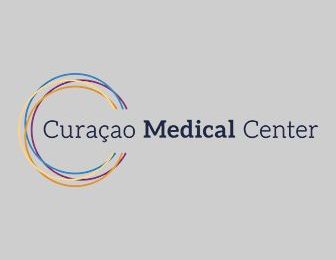Overview
A myocardial infarction is damage to the heart muscle due to too little oxygen. This is due to a closed or narrowed blood vessel.
A severe narrowing or a blood clot can close the coronary artery. As a result, part of your heart muscle gets no blood and insufficient oxygen. This can make your heart work less well. How severe your myocardial infarction is depends on the location and size of this place.
Examine
The cardiologist has blood tests done and one makes a heart film (E.C.G.). Sometimes additional research is needed.
Blood tests
In blood tests, we take one or more tubes of blood with a hollow needle. This blood is then examined in the laboratory by an analyst. Blood, urine or stool tests are necessary when the general practitioner or specialist wants to find out more about your health. The doctor also has research done to determine the course of disease and the effect of a treatment.
Heart film (electrocardiogram, E.C.G.)
With a heart film (E.C.G.) we measure the electrical activity of your heart muscle. The E.C.G device makes this visible in a graph on a screen or on paper. It’s a quick and safe investigation that doesn’t hurt.
Ultrasound of the heart (echocardiography)
In an echocardiography, the technician examines your heart with ultra-sound waves. These are high-frequency sound waves that you cannot hear or feel. They are also not harmful to your body. These sound waves are reflected back through the heart (echo). As a result, your heart can be seen on a screen during the examination.
The technician regularly makes recordings of your heart. This will give your cardiologist information about the movements and functioning of your heart muscle and heart valves. This allows the cardiologist to assess how the pumping function of your heart is and whether there are any abnormalities in the heart valves.
Cardiac catheterization
In a cardiac catheterization, the cardiologist examines the coronary arteries of the heart. Through a tube in the artery, the cardiologist slides up a catheter. Through the special catheter, the doctor injects a small amount of contrast fluid into the coronary arteries. On the X-ray screen, the cardiologist can then see how the coronary arteries run, where they are narrowed and how severe those narrowing is. The cardiologist can use a cardiac catheterization as an examination but also as a treatment, such as a ‘dotter treatment.’ During cardiac catheterization, multiple examinations are sometimes done, such as an ‘ultrasound examination coronary artery (IVUS) or ‘measuring the (blood) pressure in the coronary arteries (Fractional Flow Reserve, FFR)’
There may be a number of reasons why you are receiving a cardiac catheterization, for example:
- you have chest pain (Angina Pectoris);
- there is a problem with your heart valve;
- you have had a heart attack;
- you have cardiac arrhythmias.
The cardiologist then wants to know exactly what your coronary arteries or your large body artery look like. You can read more about this research here.


Bicycle test (ergometry)
In a bicycle test, the technician makes a heart film (E.C.G.) while you exert yourself.
With exercise, the heart has to work harder and needs more energy and oxygen. As a result, abnormalities in the heart are more visible with a heart film (E.C.G.) (during exercise than at rest. With a cycling test, the cardiologist can assess how the blood flow to your heart muscle is during exercise.
Treatments
When you come to the hospital, the cardiologist first tries to dissolve the clot in the coronary artery with medication. If that does not work, you will receive an angioplasty. You can possibly become a candidate for a bypass and diversion operation.
Angioplasty treatment (PCI)
With an angioplasty treatment, the doctor can remove a narrowing in the coronary arteries of the heart.
Due to the narrowing in the coronary arteries, your heart gets too little oxygen. The narrowing is stretched by inflating a balloon in the coronary artery. After that, the blood can flow well again. It may be that the doctor places a stent during the dotter treatment.
We always try to improve the quality of care and treatments.
Outpatient clinics and departments
Cardiology
Cardiologists specialize in recognizing and treating conditions of the heart and large blood vessels.


